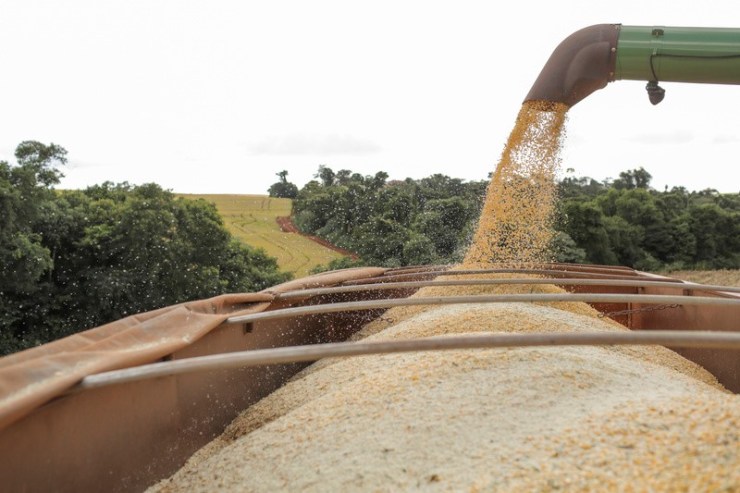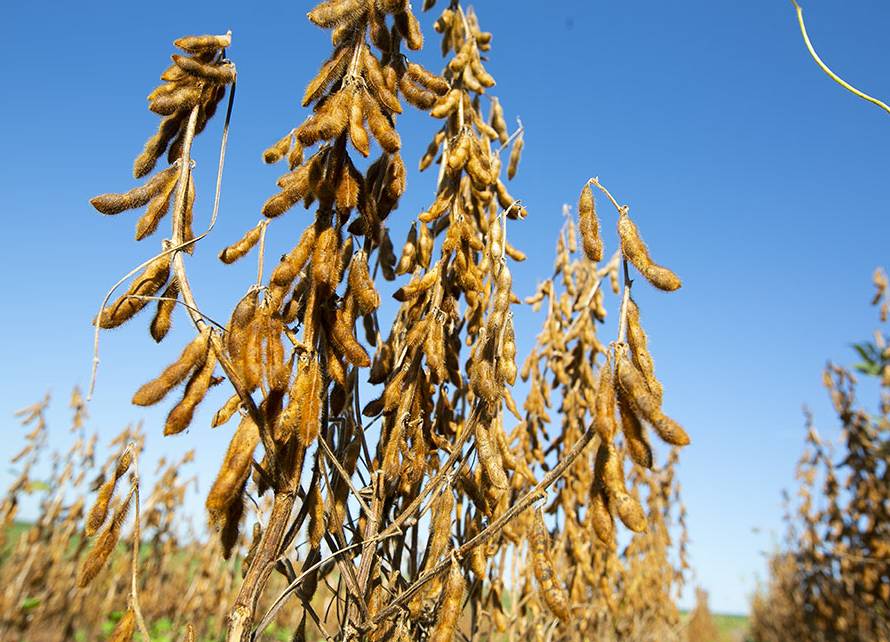Rodrigo Peixoto da Silva, a researcher at the Center for Advanced Studies in Applied Economics (Cepea) at Esalq/USP, presented a scientific study last Friday, the 29th, at the 64th Congress of the European Regional Science Association (ERSA) in Athens, Greece. This study presents some aspects of how the labor market in the soybean and biodiesel production chain has been transforming and transforming different Brazilian regions. The scientific article was developed in partnership between Cepea and the Brazilian Association of Vegetable Oil Industries (Abiove).
Among the main results presented by the Cepea researcher are:
Continuous growth of the employed population (2.26 million in 2024): the total number of people employed in the soybean and biodiesel production chain practically doubled between 2012 and 2024, with emphasis on the services segment, which continued to have the largest contingent of people, rising from 793 thousand people in 2012 to 1.6 million in 2024. The primary segment showed the greatest increase (a significant 118% in the period) and the industry grew by 56%, reaching around 89 thousand people employed in 2024.

Photo: Disclosure/Faep System
Profile of the employed population – male, formal and more qualified: The share of formally employed workers remained virtually unchanged between 2012 and 2024, at approximately 77% of the total workforce and 47% of the employed population. Female participation among the employed population also remained virtually constant, representing approximately 35% of the total between 2012 and 2024. In turn, qualifications have increased, with the share of people with secondary education rising from 32.8% to 40.2%, and that of people with higher education rising from 12% to 20.2% during the period.
Rising real incomes: Among the segments, the primary (within the farm gate) and industry stand out, which had real income increases of 37% and 22%, respectively, between 2012 and 2024. This increase occurs concomitantly with the increase in qualification in the production chain.
The Southern Region is the largest employer in the primary segment: The Southern region of Brazil stands out as the largest employer in soybean production (primary segment), with continuous growth between 2012 and 2021, when it reached 293,000 employees, followed by a subsequent decline, reaching 245,000 employees in 2023. The Central-West region, although less labor-intensive due to the larger scale of its farms, is the second-largest employer. Notable microregions include Cruz Alta, Santiago, and Ijuí (RS), Southwest Goiás (GO), Dourados (MS), Parecis and Alto Teles Pires (MT), and Campo Mourão and Guarapuava (PR).
Job market grows concentrated in the Midwest: four micro-regions of the Central-West (Southwest of Goiás, Dourados (MS), Campo Novo do Parecis (MT) and Alto Teles Pires (MT) accounted for approximately 40% of the employed population in the Central-West region between 2022 and 2024, indicating that the labor market in the primary segment is quite concentrated regionally.
Cepea researcher Rodrigo Peixoto, responsible for presenting the study at the conference, said that "this was a great opportunity to show the Brazilian reality to researchers from other countries, identify similarities and share solutions for the regional disparities present in the country, enriching the international debate on the labor market in one of Brazil's main agricultural chains."





